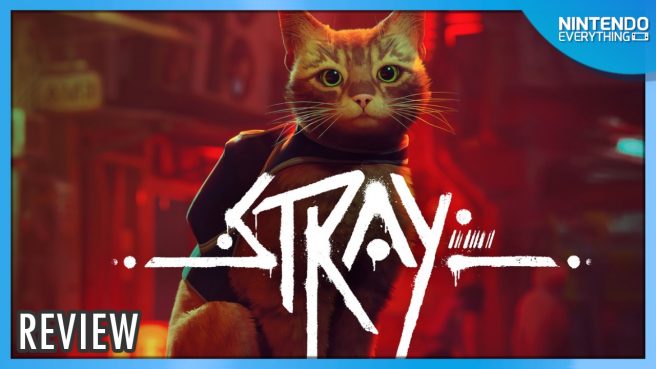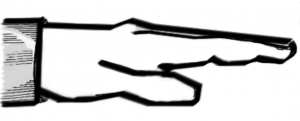System: Switch
Release date: November 19, 2024
Developer: BlueTwelve Studios
Publisher: Annapurna Interactive
The life of a cat has perhaps been romanticized to some extent, but there’s no getting around the fact that it has been quite effective. Whether you love them or hate them, cats are the epitome of coziness in mainstream media, making them the ideal protagonists for more laid-back and comfortable video games. There aren’t many titles that will allow you to play as an ordinary cat, which is what makes BlueTwelve Studio’s Stray such an appealing title in many ways, putting you in the shoes (or rather, paws) of a regular cat in a cyberpunk setting. After two years since its initial release, the game has now finally made its way onto Nintendo Switch.
On a surface-level Stray has a very simple narrative: after a rather unfortunate tumble into an abyss as a result of a misjudged jump onto an entirely unsafe pipe, you, a ginger cat, must find your way back to your family. But to do this you’ll need to make your way through a run-down, thoroughly miserable cyberpunk city, populated by sentient robots called Companions, and plagued by a hostile group of creatures known collectively as Zurks. Joining you on this impromptu adventure is B-12, an amnesiac robot drone seeking to recover its memory, and who travels around on your back in a unit that you certainly didn’t ask for, but quickly get accustomed to.
There isn’t much interactivity or development between the two, but it does nonetheless give the story a more detailed secondary layer as you progress. B-12 possesses the ability to communicate with the Companions and translate the various signs, documents, and writings of interest you’ll find along the way, allowing it to help the cat make its way through the city safely. The city that you’ll explore in Stray is a bleak place, and B-12 proves to be the ideal vehicle for discovering the mysteries it hides, having little memory of its creation or purpose but enough pre-existing knowledge to provide context and commentary on the various things you’ll uncover.
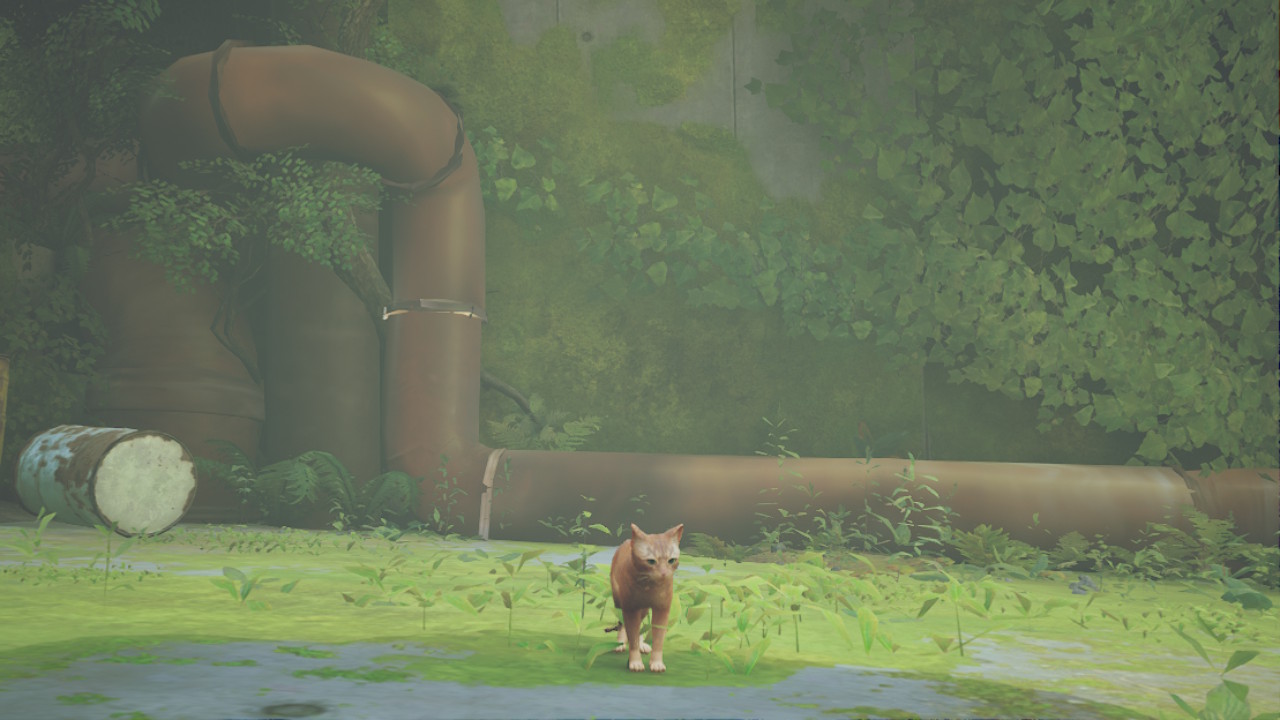
A lot of additional lore comes in the form of Memories which come from things you’ll uncover if you take the time to explore each area, although the game also has numerous sidequests that involve interacting with the denizens of the city and completing errands for them. Although these amount to little more than fetch quests much of the time, the added dialogue breathes life into a game that would otherwise have very little narrative to speak of. The cat that you control is just that: a cat. No insight is given into its thought process or personality other than what you as the player choose to show during your time with the game.
At its heart Stray is a basic puzzle platformer where you’ll need to get from point A to point B, but it does a remarkable job at disguising this linearity by giving you a great deal of freedom over how you go about it. Contrary to what the beginning of the game implies there is no risk of failing to make a jump, which makes it a very low-stress experience of calculated leaps and drops from point to point that feels delightfully fluid and entirely authentic to how a cat in real life would navigate. The open environments become more like obstacle courses as you leap rooftops in a single bound, fearlessly cross narrow pipes and beams, squeeze your way through gaps, and dash through narrow alleys and busy streets alike like you own the place and everyone else is just trespassing on your territory.
There are some breaks to this measured tempo of movement where you’ll need to outrun hordes of adorably squishy yet lethal Zurks, or avoid them while solving a light environmental puzzle before you can get to where you need to. There are also some simple stealth sections where you’ll need to avoid detection by watchful Sentinels, by crawling through narrow spaces or hiding behind objects. The game becomes noticeably more linear at times as you’re driven towards your destination for the sake of the narrative, but it adds a nice amount of variety that means that no particular segment outstays its welcome, and you are constantly tasked with approaching things in different ways.
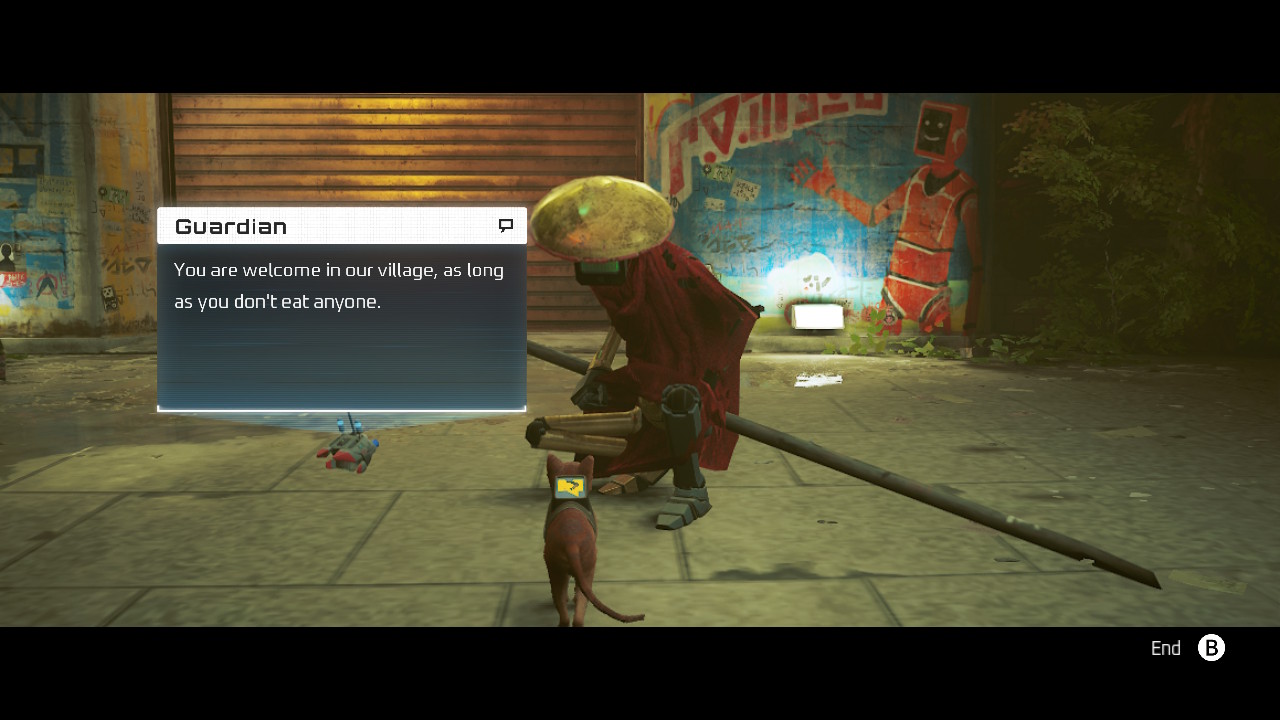
Although not a game where you’ll be constantly introduced to new mechanics that shake up the way you approach the environment, the few upgrades to your capabilities that Stray does introduce are well-timed and utilized sparingly, making them feel more like isolated gameplay mechanics than permanent additions. There is only so much that you can do as a cat with a tiny drone in tow, and Stray makes the best use of these limitations by keeping you focused but also remembering that sometimes, maybe you just want to stop and mess around with things.
Your capacity for small-scale vandalism, something cats are renowned for, is equally rewarding. There are plenty of surfaces that can be scratched up, piles of objects that can be leaped on, knocked over, or otherwise thrown into complete disarray, and an entire button solely for the purpose of meowing, which can prompt a variety of reactions from NPCs. Although the purpose of these activities is entirely for your own amusement and satisfaction as often as not, there is occasionally a need to engage in this behavior. Objects will need to be moved into position to act as stepping stones to reach higher points, or picked up and stored by B-12 to be shown or traded to NPCs to advance the story or one of numerous optional sidequests. Early on in the game, knocking a can off the rooftop shatters the glass window below, allowing you to progress, and there are plenty of other similar moments where you’ll need to think a little outside of the box and approach things in a creative yet simple fashion. It’s often a little obtuse, and B-12’s advice on what to do is never particularly helpful, but there is an odd sense of joy in discovering the many small surprises packed into each new location you visit.
Stray made the jump to Nintendo Switch reasonably well in terms of its overall performance, although the frames often tend to drop when it matters the most; most notably during chase sequences where you’re being pursued and need to make snap decisions about which way to go to avoid being swarmed. Panning the camera can also be a nauseating experience that you’ll have to do fairly often to orient yourself during platforming: it adjusts itself automatically as you navigate your way through streets and across rooftops, giving you an uncomfortable stutter that the motion blur doesn’t quite hide. There is often a need to zoom out slightly to plan out your route, and the game has an annoying habit of zooming in as if afraid you’ll somehow lose sight of the cat if it doesn’t.
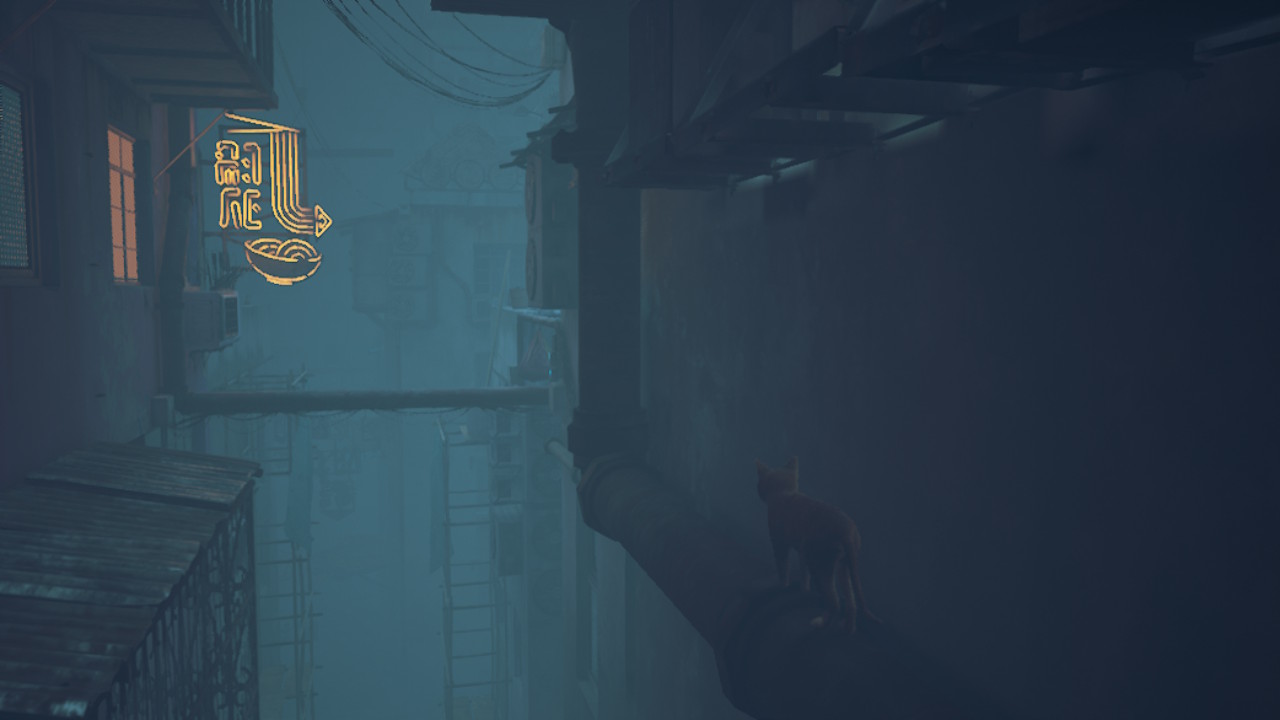
Perhaps most importantly, the movement animation for the cat is smooth and looks perfectly natural and authentic, although this occasionally gives the odd impression that your surroundings are moving in slow motion, or can’t quite keep up with you. Pop-in is an infrequent issue limited more to smaller assets in the area, but the trade-off here is that loading times occasionally stretch on for a little longer than they should. It’s difficult not to notice these small imperfections if you look for them, but it’s rare for anything to become so distracting that it breaks the immersion. Object physics can be a little off at times, but these moments are surprisingly few and far between considering just how much you can interact with and how densely packed some areas can be.
However, there is no getting around the significant visual downgrade on Nintendo Switch when compared to other platforms, and although this isn’t necessarily a deal-breaker, it does rob the cyberpunk world of a lot of its artistic brilliance and makes the whole thing feel distinctly outdated. There is a notable lack of detail in the environment, and although some of the lighting effects remain intact to give an occasional level of depth, it otherwise looks and feels notably flat, which robs later locations that you’ll travel through in particular of a lot of their atmosphere. There are some delays in loading textures which can make things look downright unpleasant at times, particularly during cutscenes where the cat will appear to be missing chunks of fur momentarily before they load in, swapping this patchwork appearance for a low-resolution fuzz that blurs unpleasantly at the edges and doesn’t look much better than what it was replacing.
All in all it’s a mixed bag that is typical of the quality of most Nintendo Switch ports at this stage of the console’s lifecycle. The corners that have been cut to get the game running and presentable enough make this a sub-par experience when compared to other versions, but not so damaging that they render the game unplayable. It’s fair to say that Stray would have benefited enormously from options to choose between visuals and performance to allow for a more balanced experience between the two, as it loses its ambience when you most want to stop and take in the scenery, and loses its frames when you want it running as smoothly as possible to avoid death and a slightly-too-long loading screen.
It’s worth mentioning that with the default settings I found Stray to be quite awkward to play, with Use/Talk being set to Y, and both Run Mode and Shake Mode being set to Hold actively impeding my ability to do either. Thankfully the game allows you to fully rebind the controls for both the Cat and B-12, and adjust other actions to suit your preference. Despite the performance issues there is also no significant input delay to speak of, although this isn’t a game that requires fast reflexes or precise timing outside of those occasional chase sequences.
The Verdict
It’ll probably come as no surprise that despite being an easy recommendation to make, the Nintendo Switch version of Stray is an option to consider only if you have no other alternative available. It’s a significant visual downgrade, and runs at a level that many would consider to be barely adequate at the best of times, with no options to change either of these aspects to suit your preferences. But despite these faults it remains well worth experiencing if you haven’t already, as its intriguing narrative, intuitive and authentic-feeling gameplay, and dedicated meow button, have all made it over intact. If you’ve ever wanted to be a cat, this is the game that’ll let you realize that dream.
A copy of Stray was provided by the publisher for the purposes of this review.
